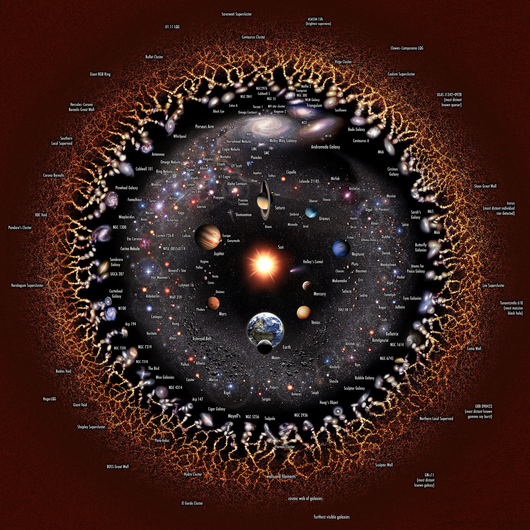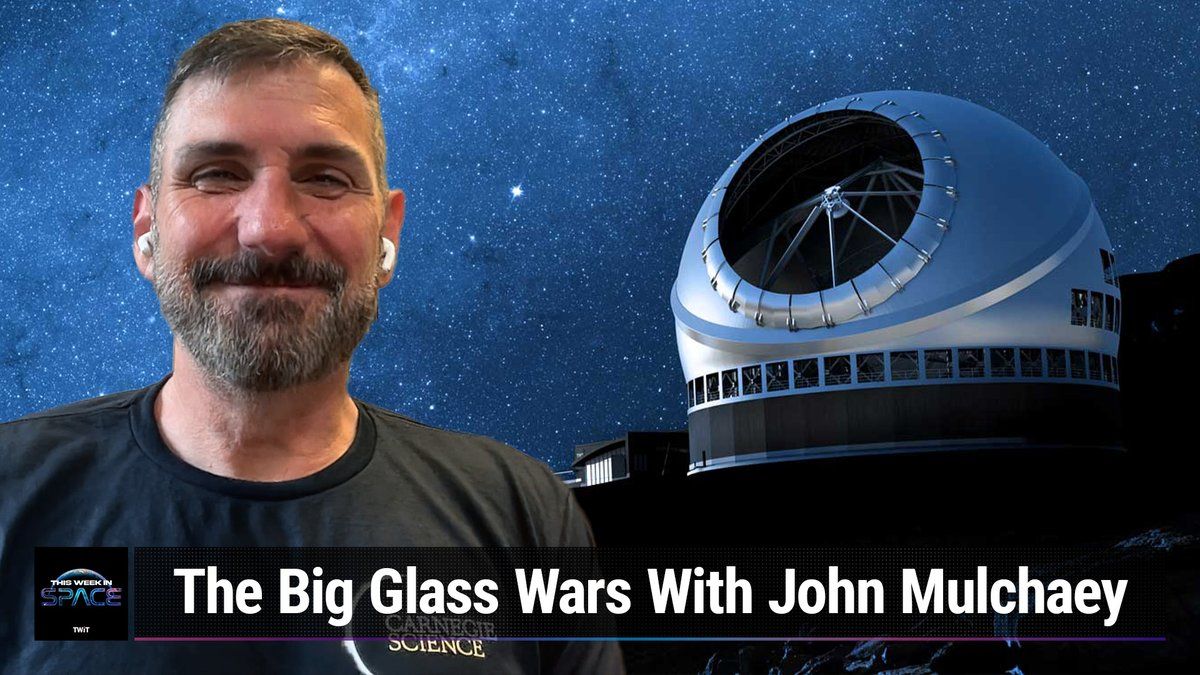Measuring the Age of the Universe: A Cosmic Quest
Desk of Contents
- Introduction
- 1.1 The Enigma of the Universe’s Age
- 1.2 The Increasing Universe
- The Cosmic Yardstick: Mild and Distance
- 2.1 The Velocity of Mild
- 2.2 The Astronomical Unit
- 2.3 Mild-Years
- Hubble’s Legislation and the Increasing Universe
- 3.1 Edwin Hubble’s Groundbreaking Discovery
- 3.2 The Hubble Fixed
- The Cosmic Microwave Background (CMB)
- 4.1 Relics of the Huge Bang
- 4.2 Mapping the CMB
- Measuring Cosmic Growth
- 5.1 Supernovae as Cosmic Beacons
- 5.2 The Redshift and Growth Fee
- Cosmic Calculations: Estimating the Age
- 6.1 The Inverse Hubble Fixed
- 6.2 Age of the Oldest Stars
- The Age Conundrum
- 7.1 The Universe’s Minimal Age
- 7.2 The Cosmic Rigidity
- Future Prospects and Conclusion
1. Introduction
1.1 The Enigma of the Universe’s Age
The age of the universe has been a central query in cosmology for hundreds of years. Understanding the universe’s age not solely satisfies our curiosity but additionally offers essential insights into its historical past, evolution, and supreme destiny.
1.2 The Increasing Universe
Probably the most profound and groundbreaking discoveries within the area of cosmology is the conclusion that the universe, which was beforehand considered static, is definitely present process a steady means of enlargement. This exceptional remark has revolutionized our understanding of the cosmos and serves as the muse for numerous scientific endeavors, together with the estimation of the universe’s age and the unraveling of its deep mysteries. By comprehending the dynamic nature of the universe, scientists are capable of delve into the intricate mechanisms behind its evolution and achieve invaluable insights into the origin and destiny of all the things inside it.
2. The Cosmic Yardstick: Mild and Distance
2.1 The Velocity of Mild
The pace of sunshine, which is roughly 299,792,458 meters per second (about 186,282 miles per second), performs a vital and basic function within the area of physics and astronomy. Its significance extends far past simply measuring cosmic distances and ages. The idea of the pace of sunshine has revolutionized our understanding of the universe and has paved the best way for groundbreaking discoveries within the fields of relativity, quantum mechanics, and the character of time itself. Moreover, the pace of sunshine serves as a basic fixed in numerous scientific equations and theories, similar to Einstein’s well-known equation E=mc^2. Its affect may be noticed in numerous areas of science and know-how, starting from telecommunications and area exploration to the examine of the early universe and the habits of particles on the subatomic degree.
2.2 The Astronomical Unit
Astronomers generally use the Astronomical Unit (AU) as a basic unit for measuring distances inside our photo voltaic system. The AU is outlined as the typical distance between the Earth and the Solar, which is roughly 93 million miles or 150 million kilometers. Through the use of this unit, astronomers are capable of precisely describe and examine the distances between numerous celestial our bodies similar to planets, moons, and asteroids inside our photo voltaic system. This enables for a extra exact understanding and examine of the vastness of our cosmic neighborhood.
2.3 Mild-Years
Past our photo voltaic system, the light-year is the unit of selection in terms of measuring huge distances. A lightweight-year, which is the space that gentle travels within the span of 1 yr, is an unimaginable measure of scale within the cosmos. To place it into perspective, gentle travels at an astonishing pace of roughly 9.46 trillion kilometers (or 5.88 trillion miles) in only one yr. This mind-boggling quantity helps us comprehend the immense distances between celestial objects and the vastness of our universe.
3. Hubble’s Legislation and the Increasing Universe
3.1 Edwin Hubble’s Groundbreaking Discovery
Through the Twenties, the famend astronomer Edwin Hubble made a rare and groundbreaking discovery that ceaselessly modified our understanding of the universe. Hubble’s unimaginable findings revealed that galaxies situated far-off from us weren’t solely transferring away, however they have been additionally receding at an accelerating price. This astonishing remark led to the event of what’s now famously generally known as Hubble’s Legislation, which states that the speed at which a galaxy is transferring away from us is immediately proportional to its distance from us. This seminal discovery revolutionized the sector of astronomy, offering essential proof for the enlargement of the universe and laying the muse for our present understanding of its vastness and evolution.
3.2 The Hubble Fixed
Hubble’s Legislation, named after the astronomer Edwin Hubble, is a basic precept in cosmology. It states that the speed at which a galaxy is receding from us is immediately proportional to its distance. This regulation is encapsulated by the Hubble fixed, denoted as “H0,” which represents the present price of cosmic enlargement. By figuring out this fixed precisely, scientists can estimate the age of the universe and achieve insights into its previous, current, and future. Due to this fact, exact calculations of the Hubble fixed are essential for understanding the vastness and evolution of our universe.
4. The Cosmic Microwave Background (CMB)
4.1 Relics of the Huge Bang
The Cosmic Microwave Background (CMB) is an interesting phenomenon that scientists have found. It’s a faint glow of radiation that may be noticed all through the whole universe. This radiation is definitely a relic from the Huge Bang, which is taken into account the beginning of our universe. It serves as a vital piece of proof that helps the Huge Bang principle. The CMB marks the precise second when the universe went by means of a big transformation, transitioning from a scorching and dense state to the huge and expansive cosmos that we see as we speak. By finding out the CMB, scientists can achieve beneficial insights into the early phases of the universe’s evolution and perceive the basic rules that govern its existence.
4.2 Mapping the CMB
Detailed measurements of the Cosmic Microwave Background (CMB), together with temperature fluctuations, present us with very important data relating to the composition, geometry, and age of the universe. By analyzing the intricate patterns and variations within the CMB, scientists are capable of unravel the mysteries of the universe’s origins, perceive the distribution of matter and power, and achieve insights into the basic rules that govern the cosmos. These measurements function a beneficial software for cosmologists and astrophysicists, enabling them to assemble detailed fashions and theories that designate the vastness and complexity of our universe. By way of additional evaluation and developments in know-how, we proceed to deepen our understanding of the CMB and its implications, paving the best way for brand new discoveries and breakthroughs within the area of cosmology. 
5. Measuring Cosmic Growth
5.1 Supernovae as Cosmic Beacons
Sort Ia supernovae, generally known as “commonplace candles,” are a kind of stellar explosion that reveals a remarkably constant and predictable brightness. This distinctive attribute makes them invaluable instruments for astronomers in terms of measuring cosmic distances and inferring the speed at which the universe is increasing. By fastidiously observing the brightness of those supernovae, scientists are capable of collect essential information that sheds gentle on the vastness and evolution of our universe, providing beneficial insights into its historical past and future.
5.2 The Redshift and Growth Fee
The redshift of sunshine from distant galaxies is a direct consequence of cosmic enlargement. This phenomenon happens when gentle waves emitted by galaxies are stretched as they journey by means of increasing area, inflicting a shift in direction of longer wavelengths. By exactly measuring the quantity of redshift, astronomers are capable of derive the speed of cosmic enlargement and, subsequently, estimate the age of the universe primarily based on well-established cosmological fashions and rules.
6. Cosmic Calculations: Estimating the Age
6.1 The Inverse Hubble Fixed
To estimate the age of the universe, scientists make the most of the reciprocal of the Hubble fixed, denoted as H0. By extrapolating this worth backward in time, we are able to decide the approximate age of the universe. This technique of utilizing the inverse of H0 has confirmed to be a beneficial software within the area of cosmology, permitting researchers to achieve insights into the huge expanse of time that has handed for the reason that universe’s inception.
6.2 Age of the Oldest Stars
The age of the universe is decided by contemplating numerous elements, together with the age of its oldest objects. These objects, similar to globular clusters and white dwarf stars, play a big function in offering important constraints for calculating the cosmic age. By analyzing the properties and habits of those objects, scientists are capable of estimate the vastness of the universe and its timeline of evolution. It’s fascinating to watch how the age of globular clusters and white dwarf stars aligns with the general age of the universe, offering us with beneficial insights into the cosmic timeline and its unimaginable historical past.
7. The Age Conundrum
7.1 The Universe’s Minimal Age
Present scientific estimates place the age of the universe at roughly 13.8 billion years, a exceptional span of time that’s actually mind-boggling. This huge age is in good alignment with the age of the oldest recognized stars, which offers additional proof for the unimaginable accuracy and reliability of our scientific strategies and theories. The universe, with its immense expanse and numerous celestial our bodies, has been unfolding and evolving for billions of years, giving rise to the breathtaking magnificence and complexity that we observe as we speak. It’s actually awe-inspiring to ponder the sheer magnitude of time that has handed for the reason that universe got here into existence, and it serves as a strong reminder of the infinite wonders and mysteries that also await our exploration and discovery.
7.2 The Cosmic Rigidity
Current observations and measurements have dropped at gentle an intriguing cosmic stress. It has been found that totally different strategies used to estimate the Hubble fixed and, consequently, the age of the universe, yield barely various outcomes. This cosmic stress has turn into a charming subject within the area of cosmology, and resolving it has turn into an ongoing and thrilling problem for scientists and researchers alike.
8. Future Prospects and Conclusion
The hunt to measure the age of the universe continues to be an extremely fascinating and ever-evolving area of cosmological analysis. With every passing day, new developments in know-how, similar to the event of bigger and extra exact telescopes, in addition to the continual refinement of measurement strategies, deliver us nearer to unraveling the mysteries of the universe’s age. These thrilling developments maintain the promise of not solely enhancing our understanding of the cosmos but additionally of considerably decreasing the uncertainties that at present exist in our age calculations. It’s actually exceptional to witness the continued progress on this charming space of scientific exploration.
In conclusion, the age of the universe, a basic cosmic parameter, is a product of our profound understanding of the cosmos. It combines our information of the pace of sunshine, the enlargement of the universe, and the relics of the Huge Bang. As our cosmic yardsticks turn into extra refined, we inch nearer to a exact willpower of the universe’s age, unlocking extra of the universe’s enigmatic previous.
Moreover, the age of the universe just isn’t solely vital when it comes to cosmic parameters, nevertheless it additionally holds immense significance in numerous scientific disciplines. The examine of the universe’s age permits us to delve deeper into the mysteries of astrophysics, cosmology, and even the origin of life itself. By unraveling the secrets and techniques of the universe’s previous, we achieve beneficial insights into the formation of galaxies, the evolution of celestial our bodies, and the potential existence of extraterrestrial life.
Furthermore, the willpower of the universe’s age has far-reaching implications past the realm of science. It impacts our philosophical understanding of existence, our notion of time, and even our place within the huge expanse of the cosmos. The exploration of the universe’s age opens up new avenues for contemplation and sparks curiosity concerning the origins of all the things we all know.
In abstract, the age of the universe serves as a window into the intricacies of our cosmos. It’s the results of our steady efforts to uncover its mysteries, utilizing a mixture of scientific information, technological developments, and human curiosity. As we delve deeper into the realms of astrophysics and cosmology, we unlock extra items of the puzzle, increasing our understanding of the universe’s enigmatic previous and shaping our notion of the world we inhabit.







